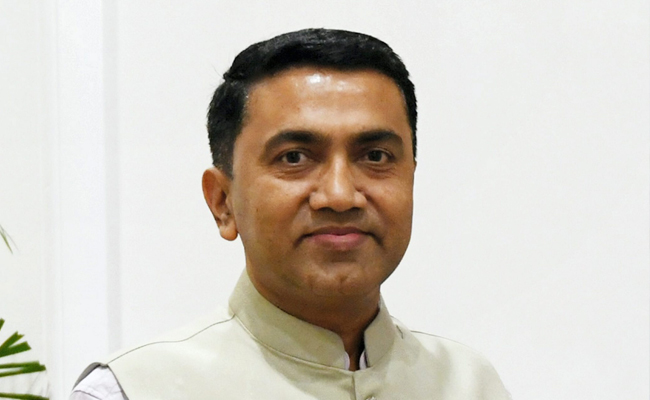Melbourne: India on Sunday defeated Pakistan in the ICC T20 World Cup 2022 encounter by 4 wickets at the Melbourne Cricket Ground.
Winning the toss, India had decided to bowl first following which Pakistan had set a target of 160 runs.
Chasing the score, Virat Kohli batted with grit and determination and scored a brisk ___ runs off ___ balls, helped by Hardik Pandya at the other end who scored ___ runs.
India were in a critical situation early in the inning, losing four wickets with only 31 runs on board. Both the openers skipper Rohit Sharma and KL Rahul fell inside two overs with personal single digit score following which Virat Kohli took charge and anchored the inning for his team.
When the pressure was building Kohli hit two sixes in the penultimate over off Haris Rauf to release the pressure.
In the final over, 16 runs were neededin the final six deliveries when Hardik Pandya skied one off the first delivery and was dismissed by Nawaaz. Dinesh Karthik walked into bat and immediately gave strike to Virat Kohli who hit a six off no-ball making the calculation 6 runs needed from 3 balls.
On the next legal delivery Virat Kohli was bowled on free-hit when the batsmen ran three runs causing confusion between the two team with the Pakistan team objecting to the batsmen running after the ball had hit the stumps.
When the calculation was two from two, Dinesh Karthik was stumped out bringing Ravichandran Ashwin to the crease while Virat Kohli was restricted on the other end.
With two runs needed off the last ball, Nawaz bowled a wide ball bringing the calculation to one run needed from the last ball. Ashwin then cleared the in-field to hit a boundary at long-off and seal the game for India.
Earlier, Arshdeep Singh and Hardik Pandya had picked three wickets each while Mohammed Shami and Bhuvbaneshwar Kumar had picked two wickets each in the first inning.
Let the Truth be known. If you read VB and like VB, please be a VB Supporter and Help us deliver the Truth to one and all.
Singapore (PTI): Investigations into the death of singer Zubeen Garg are ongoing but so far no foul play is suspected, Singapore police have said.
Garg died under mysterious circumstances while swimming in the sea in Singapore on September 19.
The case is currently still being investigated by the Singapore Police Force (SPF), in accordance with the Singapore Coroners Act 2010, the police said on Thursday.
“Based on our investigations so far, the SPF does not suspect foul play in the death of Garg,” said the statement.
ALSO READ: 12 cases filed for pro-Pakistan slogans in 3 years, says Parameshwara
Upon completion of the investigations, the findings will be submitted to the State Coroner in Singapore, who will hold a Coroner’s Inquiry (CI), currently scheduled for January and February 2026.
A CI is a fact-finding process led by the Coroner to establish the cause and circumstances of death. Its findings will be made public upon conclusion, said the SPF.
Singapore police are committed to conducting a thorough and professional investigation into the case, it said.
“We seek the patience and understanding of the parties involved. Meanwhile, we urge the public not to speculate and spread unverified information,” said SPF.
A Special Investigation Team probing Garg's death charged four accused, including the singer’s secretary Siddhartha Sharma and festival organiser Shyamkanu Mahanta, with murder in a chargesheet filed in a court in India last week.
Garg was due to perform at the 4th Northeast India Festival at Suntec Singapore Convention and Exhibition Centre on September 20.





